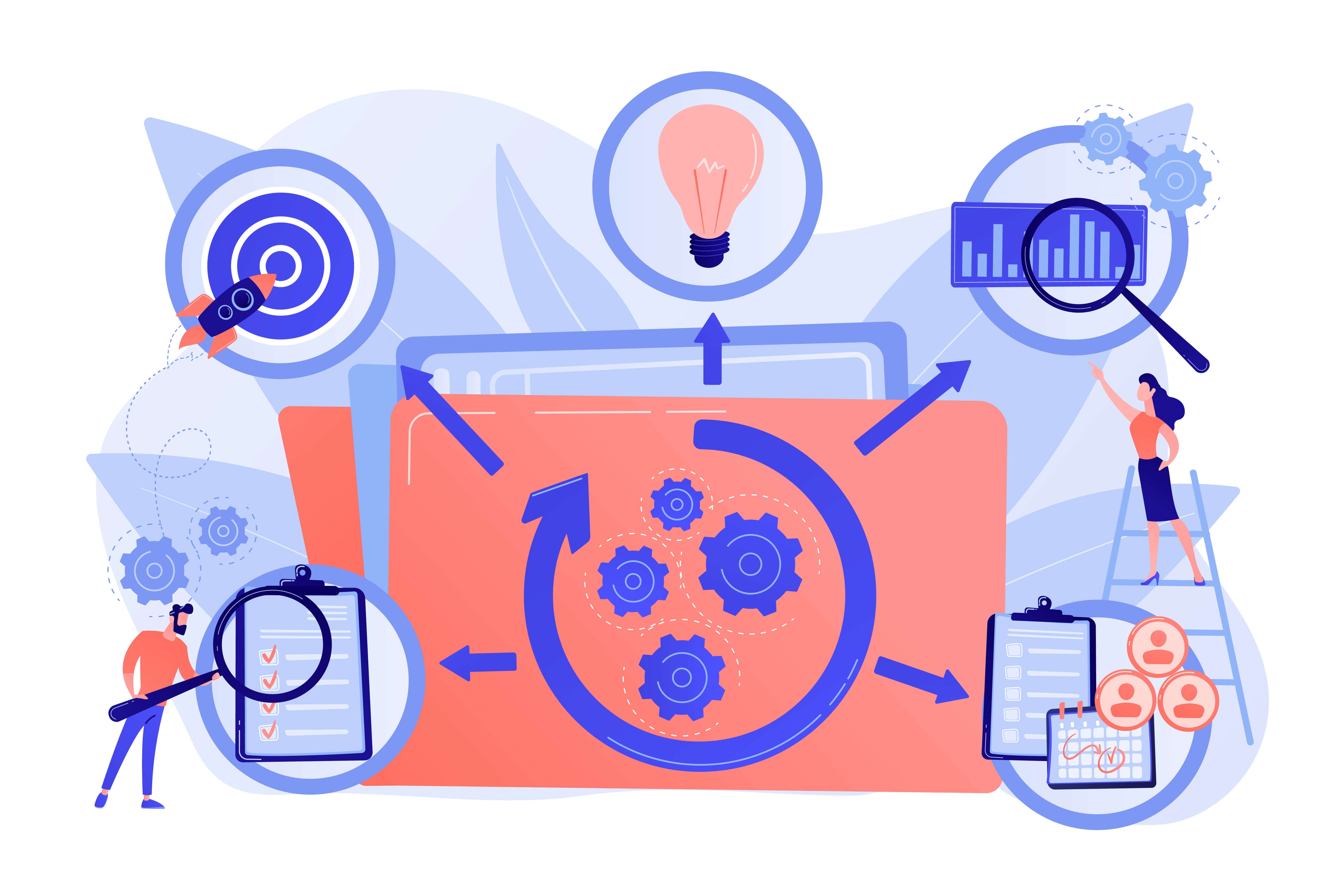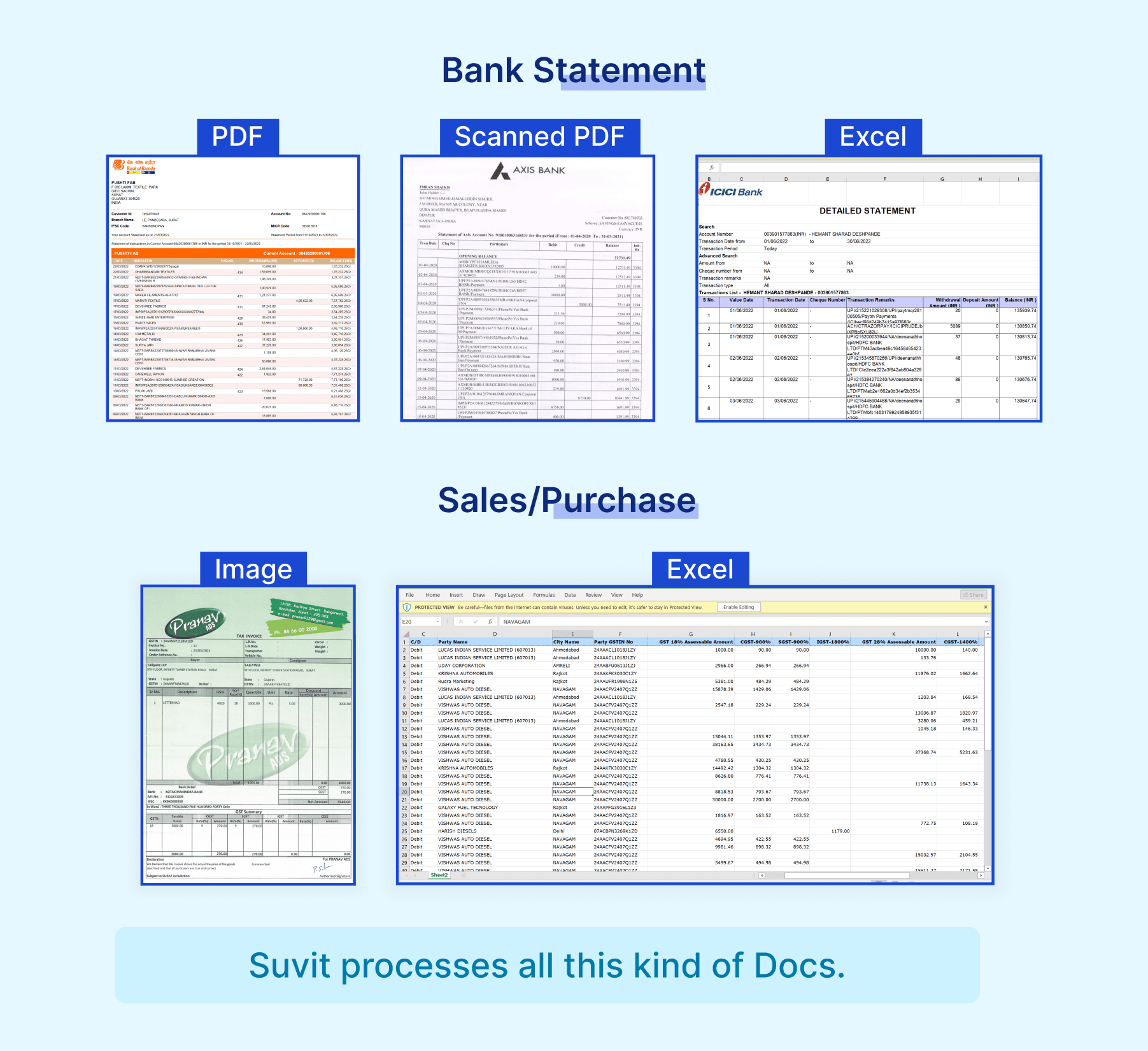Expanding your business to multiple locations can be a great way to increase sales, reach new customers, and grow your brand. However, it can also be a challenge to manage multiple locations effectively.
In this blog post, we will discuss some of the key challenges of managing multiple locations and provide tips on how to overcome them. We will also discuss how to use technology to streamline your operations and improve efficiency.
By following the tips in this blog post, you can successfully expand your business to multiple locations while managing growth.
Let’s get started!
- Organise, Standardise, and Ensure

Organize: This involves creating a clear and concise organizational structure that outlines the roles and responsibilities of employees at each location. It is also important to establish clear communication channels and procedures for sharing information between locations.
Standardize: Once you have a clear organizational structure in place, you can begin to standardize your business processes. This involves identifying key areas where standardization can be achieved, such as customer service procedures, inventory management, and accounting practices.
Ensure: Once you have standardized your business processes, you need to establish a system for monitoring and enforcing compliance. This involves regularly reviewing SOPs and making sure that employees are following them.
Identify key areas for standardization
- Customer service: Customers should have a consistent experience at all of your locations, regardless of where they are located. This means having standardized customer service procedures in place, such as how to handle customer complaints and how to process returns.
- Inventory management: It is important to have a standardized inventory management system in place to ensure that you have the right products in the right quantities at each location. This will help you to avoid stockouts and overstocking.
- Accounting: Having a standardized accounting system in place will help you to track your finances more effectively and make sure that your financial statements are accurate.
Develop and implement standard operating procedures (SOPs)
- SOPs are step-by-step instructions on how to perform specific tasks. They should be clear, concise, and easy to follow.
- To develop SOPs, you should first identify the key tasks that need to be standardized. Once you have identified the key tasks, you need to develop step-by-step instructions for each task.
- Once you have developed the SOPs, you need to implement them by training your employees on how to follow them.
Establish a system for monitoring and enforcing compliance
- One way to monitor compliance is to conduct regular audits of your SOPs. This involves reviewing the SOPs to make sure that they are still accurate and that employees are following them.
- Another way to monitor compliance is to use technology. For example, you could use a time tracking system to track how long employees are spending on each task.
- If you find that employees are not following the SOPs, you need to take corrective action. This may involve retraining employees or disciplining them.
2. Compliance

Understanding the regulatory landscape in each location
This can be a complex and time-consuming task. However, it is important to take the time to understand the laws and regulations that apply to your business in each location where you operate. This will help you to avoid costly fines and penalties.
Complying with all applicable laws and regulations
This can be challenging, especially when you are operating in multiple jurisdictions. However, it is important to make sure that you are complying with all of the laws and regulations that apply to your business. If you are unsure about whether a particular law or regulation applies to you, you should consult with an attorney.
Appointing a compliance officer
A compliance officer can be a valuable asset to your business. The compliance officer can help you to develop and implement compliance policies and procedures. The compliance officer can also help you to track and manage compliance risks.
Implementing a system for tracking and managing compliance risks
This involves identifying and assessing the risks of non-compliance. Once you have identified and assessed the risks, you need to develop and implement strategies to mitigate those risks. This may involve implementing training programs for employees, conducting regular audits, and developing contingency plans.
3. Use of updated tools and technology

Investing in the right tools and technology
This can be a significant investment, but it is important to make sure that you are investing in tools that will support your business's growth. You should consider your specific needs and requirements when choosing tools. For example, if you are expanding to new locations, you will need tools that can help you manage inventory and track orders across multiple locations.
Choosing tools that are scalable and easy to use
It is important to choose tools that can grow with your business as you expand. You should also choose tools that are easy to use for your employees. This will make it easier for them to adopt the new technologies and start using them to streamline their work.
Implementing a system for training employees on new tools and technology
It is important to provide your employees with training on the new tools and technology that you are implementing. This will help them to learn how to use the tools effectively and to start using them to improve their productivity. You can provide training in-house or outsource it to a third-party provider.
Using technology to automate tasks and streamline processes
There are a number of ways that technology can be used to automate tasks and streamline processes. For example, you can use point-of-sale (POS) systems to automate your checkout process. You can also use an accounting automation tool to automate your data entry tasks and manage your Tally accounts better.
4. Robust company culture

A robust company culture is one that is strong and resilient. It is a culture that is based on shared values and beliefs, and that is supported by the company's leadership. A robust company culture can help to create a positive work environment, attract and retain top talent, and drive business success.
Create a company culture that values collaboration, teamwork, and customer service
To create a company culture that values collaboration, teamwork, and customer service, you need to start by defining your company values and making sure that everyone in the company understands and supports them.
You should also create opportunities for employees to collaborate and work together on projects. And finally, you need to make sure that your employees are focused on providing excellent customer service.
Hire and develop employees who share your company's values
When you are hiring new employees, it is important to look for people who share your company values. This will help to ensure that they are a good fit for your company culture and that they will be motivated to contribute to your company's success.
Invest in employee training and development
Employee training and development are essential for creating a robust company culture. When you invest in your employees' skills and knowledge, you are investing in your company's future. Training and development can help your employees to be more productive, efficient, and effective. It can also help them to develop new skills and knowledge that will help your company to grow and succeed.
Create opportunities for employees to interact and collaborate across locations
In today's global economy, it is more important than ever for businesses to have a global presence. This means that many businesses now have employees working in multiple locations. It is important to create opportunities for employees to interact and collaborate across locations. This can help to build relationships, share knowledge, and improve communication.
5. Streamline your Accounting

- Automate as much as possible. There are a number of accounting tasks that can be automated, such as invoice processing, expense tracking, and financial reporting. This can save you a significant amount of time and money.
- Use cloud-based accounting software. Cloud-based accounting software is more scalable and easier to use than traditional desktop software. This is ideal for businesses that are expanding to multiple locations.
- Implement a single accounting system for all locations. This will help to ensure that your data is consistent across all locations. It will also make it easier for your employees to collaborate and share information.
- Train your employees on the new accounting system. This will help them to learn how to use the system effectively and to start using it to streamline their work.
Step into accounting automation with Vyapar TaxOne
Vyapar TaxOne is an accounting automation software that can help you streamline your accounting processes and save time and money. Below are some of its features that’ll help you manage accounts of multiple locations:
- Document processing: Vyapar TaxOne can automatically process documents such as invoices, receipts, and bank statements. This saves you time and effort, and it also helps to ensure that your data is accurate.
- Bank reconciliation: It can automatically reconcile your bank statements. This ensures that your records are up-to-date and that your bank balance is accurate.
- Financial reporting: Vyapar TaxOne can generate financial reports such as balance sheets, income statements, and cash flow statements. This can help you to track your financial performance and make better business decisions.
- Client management: Vyapar TaxOne can help you to manage your clients' data. This includes storing their contact information, invoices, and payments.
Collaboration: It allows you to collaborate with your team members on accounting tasks. This can help to improve efficiency and accuracy.
Next Steps
Expanding your business to multiple locations can be a great way to grow your business and reach new customers. However, it can also be challenging to manage multiple locations effectively. By following the tips in this blog post, you can overcome the challenges of managing multiple locations and achieve success.
If you are looking for a way to streamline your accounting and save time and money, we encourage you to try Vyapar TaxOne!
You can take a free trial and try out Vyapar TaxOne for 7 days without the need to provide any credit card details. Simply sign up for your account, and you’re good to go!













